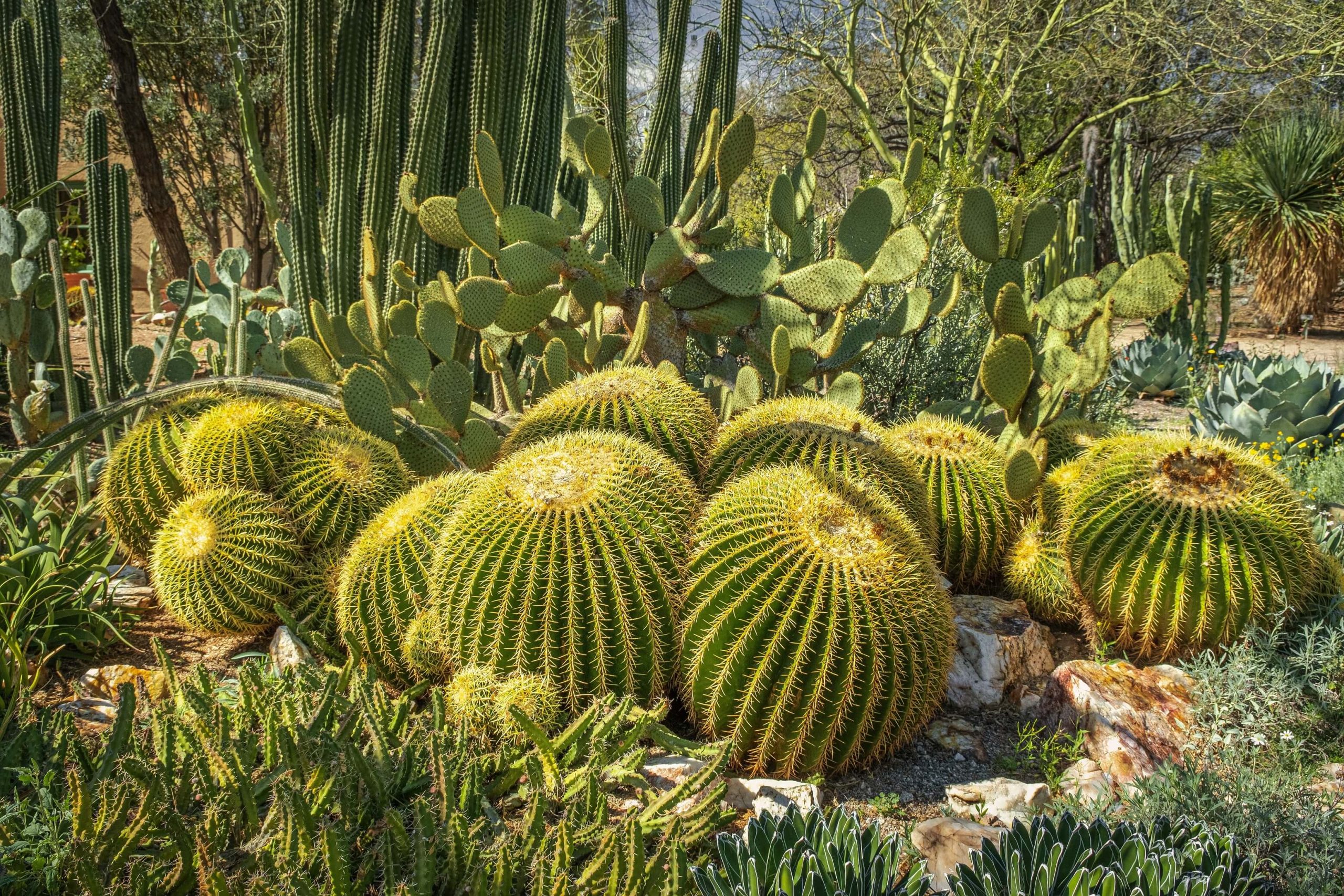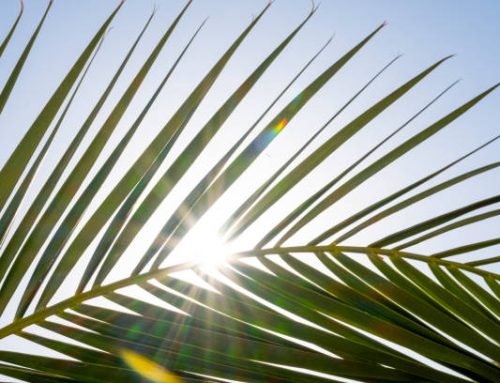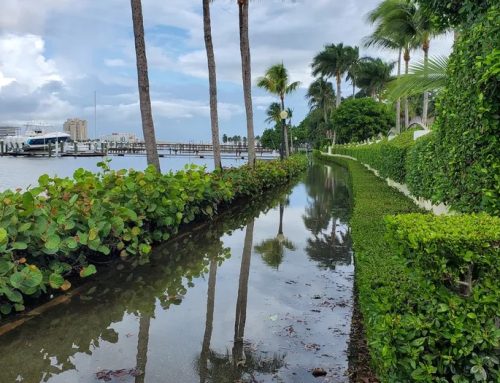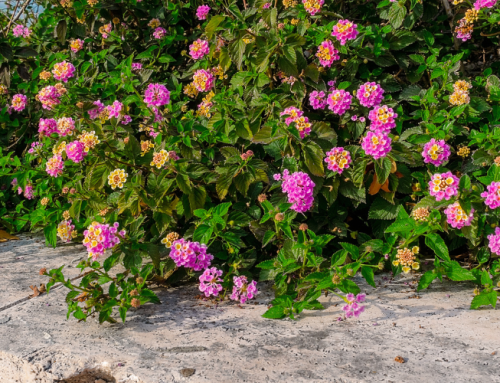Water conservation is a growing concern, especially in regions like Florida where dry spells and water restrictions are becoming more common. One innovative and effective solution for homeowners looking to maintain beautiful, sustainable gardens is xeriscaping. This landscaping method focuses on reducing water usage by incorporating drought-tolerant plants, efficient irrigation techniques, and strategic design principles. In this article, we will explore a variety of xeriscaping ideas and solutions that can help Florida residents create attractive, low-maintenance landscapes that thrive with minimal water.

What is Xeriscaping?
Xeriscaping involves designing landscapes to minimize water use. This method focuses on using drought-tolerant plants, efficient irrigation systems, and strategic design principles to create attractive, sustainable gardens. Unlike traditional landscaping, xeriscaping emphasizes water conservation and soil health, making it particularly suitable for areas like Florida that experience dry spells.
Principles of Xeriscaping
The key principles of xeriscaping include:
- Planning and Design: Start with a comprehensive plan that considers the natural landscape, sun exposure, and water availability.
- Soil Improvement: Enhance soil quality with organic matter to improve water retention and plant health.
- Efficient Irrigation: Use drip irrigation or soaker hoses to deliver water directly to plant roots, minimizing evaporation.
- Plant Selection: Choose native and drought-tolerant plants that thrive in Florida’s climate.
- Mulching: Apply mulch to reduce soil temperature, retain moisture, and prevent weed growth.
- Practical Turf Areas: Limit the use of turf to areas where it is functional and maintainable.
- Maintenance: Regularly monitor and maintain the landscape to ensure plant health and system efficiency.
Xeriscape vs. Zeroscape
Xeriscaping is often confused with “zeroscaping,” but they are different concepts. Xeriscaping focuses on using water-efficient plants and smart design to reduce water use, whereas zeroscaping implies using no water at all, often resulting in barren, unappealing landscapes. Xeriscaping aims for sustainability and aesthetic appeal, while zeroscaping can compromise on visual interest.
Dry Landscaping Plants for Florida
Florida’s unique climate supports a variety of drought-tolerant plants suitable for xeriscaping. Some popular options include:
- Florida Privet (Forestiera segregata): A hardy shrub that thrives in dry conditions.
- Coontie (Zamia pumila): A native cycad with low water requirements.
- Muhly Grass (Muhlenbergia capillaris): An ornamental grass that adds texture and color.
- Beach Sunflower (Helianthus debilis): A groundcover that provides bright, cheerful blooms.
Best Xeriscape Materials
- Organic Mulch: Helps retain soil moisture and improve fertility.
- Inorganic Mulch (Gravel, Stone): Provides long-lasting ground cover with minimal maintenance.
- Drought-Tolerant Plants: Native species adapted to the local climate.
- Permeable Pavers: Allow water to penetrate the ground, reducing runoff.

Advantages and Disadvantages of Xeriscaping
Advantages
- Water Conservation: Significantly reduces water usage, important in areas prone to drought.
- Low Maintenance: Requires less time and effort compared to traditional lawns.
- Cost Savings: Lower water bills and reduced maintenance costs over time.
- Environmental Benefits: Supports local ecosystems and reduces reliance on chemical fertilizers and pesticides.
Disadvantages:
- Initial Cost: Higher upfront costs for materials and professional installation.
- Design Limitations: Limited plant variety compared to traditional landscaping.
- Establishment Time: Xeriscape gardens may take time to establish fully.
Cost of Professional Xeriscaping
The cost of professional xeriscaping varies based on the size of the project, plant selection, and design complexity. On average, homeowners can expect to pay between $5,000 to $20,000 for a professionally designed and installed xeriscape garden. While the initial investment is higher, the long-term savings on water bills and maintenance make it a worthwhile consideration.
Embrace xeriscaping to create a stunning, water-efficient landscape for your Florida home. Not only will you enjoy a beautiful, low-maintenance garden, but you’ll also contribute to water conservation efforts. At Cutters Edge, we can help you achieve your desert dreams. If you’re ready to transform your yard with xeriscaping, contact our experts today for a consultation and let us help you design the perfect sustainable landscape.





